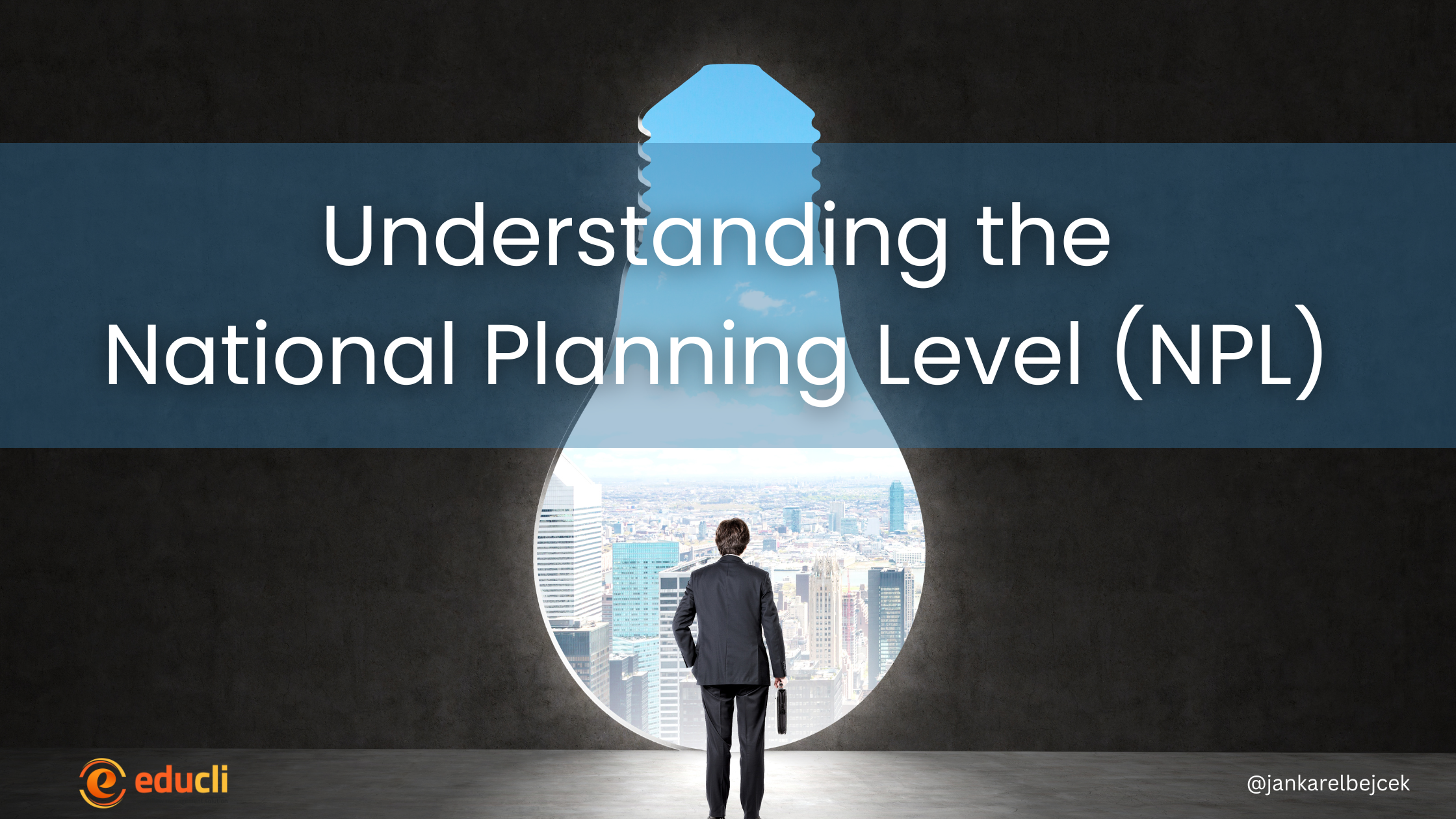Understanding the National Planning Level (NPL)
The Australian Government announced its intention to establish a National Planning Level (NPL) for 2025. Interestingly, the announcement includes the concept of “new international student commencements.” We discuss what those terms mean in this article.
1. Understanding the National Planning Level (NPL)
- The NPL represents the total number of new overseas student commencements (NOSCs) allowed for a year, which is set annually by the government.
- The NPL is divided between two sectors:
- Higher Education Sector
- Vocational Education and Training (VET) Sector
2. Provider Limits Calculation
- Each educational provider will receive a Provider Limit based on their allocated share of the NPL.
- The Provider Limit corresponds to the maximum number of NOSCs that the provider can enroll in a calendar year.
3. Key Definitions
- Provider Limit: This is an enrolment limit set for each provider, based on the NPL.
- New Overseas Student Commencement (NOSC): This occurs when an international student starts their first non-exempt course at a provider, including any time the student changes to a non-exempt course at a different provider.
4. Data and Assumptions
- Assume the government sets the NPL at a fixed number at 270,000 NOSCs for the year.
- The split between the Higher Education Sector and the VET Sector could be 70% and 30%, respectively.
5. Calculation Example
-
- NPL Calculation:
- Total NPL = 270,000 NOSCs
- Higher Education (public) Sector = 145,000 NOSCs
- Higher Education (private) Sector = 30,000 NOSCs
- VET Sector = 95,000 NOSCs
- Provider Limit Allocation:
- For each sector, divide the sector’s NPL among the providers proportionally based on historical enrolment data or government policy.
- NPL Calculation:
- Example:
-
- Provider A (Higher Education) might receive 5% of the Higher Education Sector’s NPL:
- Provider A Limit = 5% of 145,000 = 3,500 NOSCs
- Provider B (VET) might receive 2% of the VET Sector’s NPL:
- Provider B Limit = 2% of 30,000 = 600 NOSCs
- Provider A (Higher Education) might receive 5% of the Higher Education Sector’s NPL:
6. Breakdown of the Numbers
The methodology for determining ISPs is more complex. The starting point for calculating an ISP is based on the number of new international student commencements in 2019, adjusted for growth between 2019 and 2023. A key factor, termed an ‘international concentration’ metric, acts as a penalty—universities with higher concentrations of international students will see reduced growth in their ISP.
All providers are now working to understand how these metrics will affect them, but without the 2023 data, it is difficult to assess the full impact. What is clear is that providers that grew rapidly between 2019 and 2023, especially those with large concentrations of international students, will face more stringent caps.
7. Management of the student caps
The management of these enrolment caps will be divided between the Department of Education, which will oversee higher education providers, and the Department of Employment and Workplace Relations (DEWR), which will manage VET sector providers. PRISMS, via Confirmations of Enrolment (CoEs), will track whether a student counts towards a provider’s enrolment limit.
8. Implications for Providers:
- Each provider needs to monitor their enrolment numbers closely to ensure they do not exceed their allocated limits.
- Providers in the Higher Education sector generally have higher limits compared to those in the VET sector, reflecting the typical distribution of the NPL.
- Planning admissions according to these limits is crucial to comply with government regulations and avoid any disruptions to student enrollments.
Conclusion
The government has provided little or no detail on its plans for 2025 and beyond, other than a commitment to sustainable growth in international student numbers. The announcement suggests that these new policies will bring international student numbers back to pre-pandemic levels and ensure the sector’s integrity.
The new system should replace Ministerial Direction 107, but only if the legislation is passed.
Despite significant negative feedback from the sector regarding enrolment caps, the government appears committed to moving forward with these changes. However, many stakeholders remain concerned about the long-term.
#educli #nlplimits #studentcaps #studyinaustralia #australia #internationaleducation





Leave A Comment